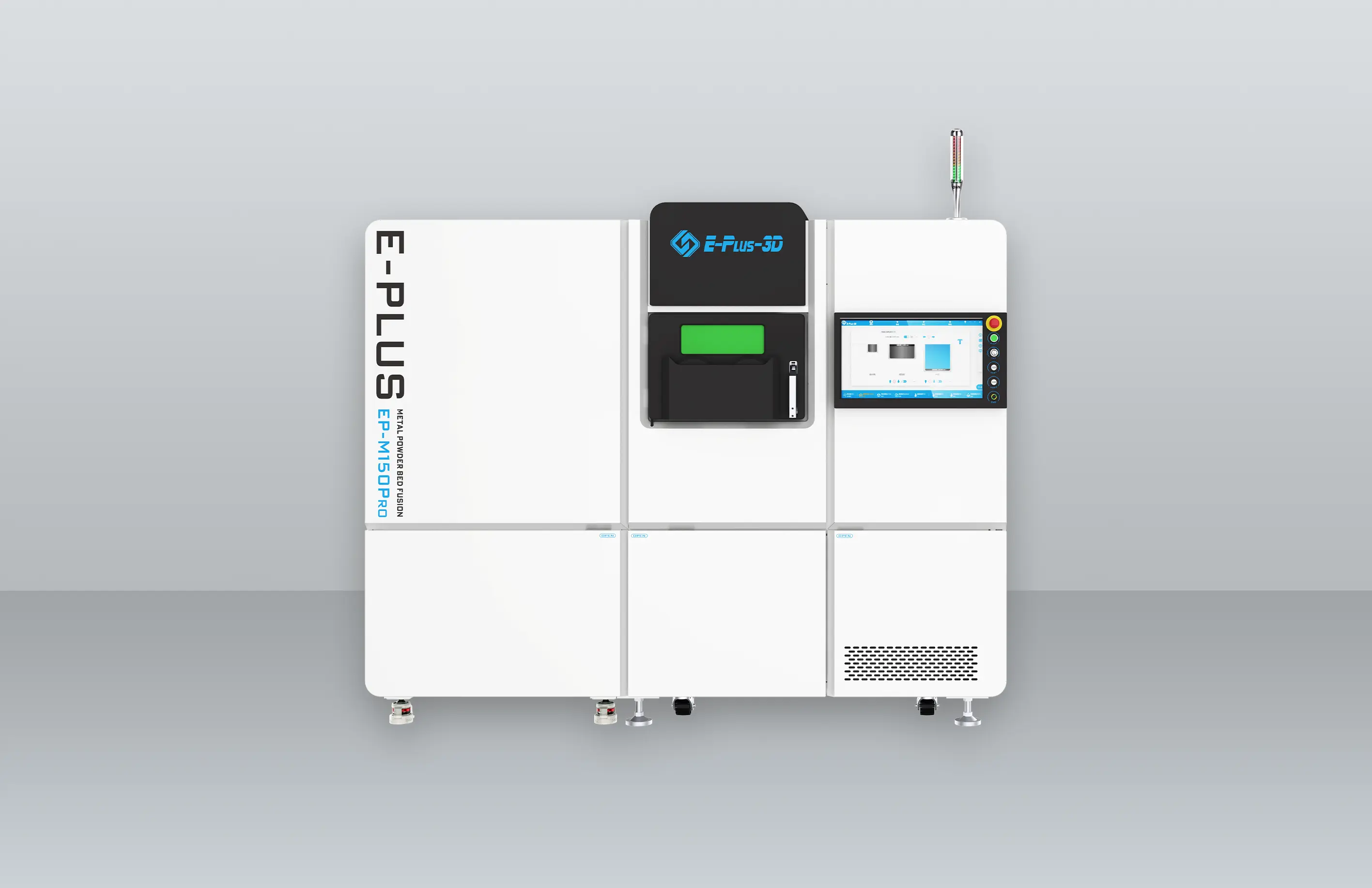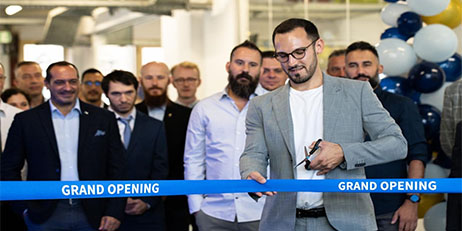Additive manufacturing technology has experienced rapid development in the past 30 years. In the 1980s, additive manufacturing was only a non-commercial technology. By 2014, it had a market value of more than 4 billion US dollars. It is estimated that by 2025, the global additive manufacturing revenue scale will reach 29.8 billion US dollars. From the initial prototype manufacturing, to mold manufacturing, to the current direct additive manufacturing of final parts, these leap-forward developments not only come from the advancement and innovation of the technology itself, but also benefit from the continuous development of the application market by technicians , as well as the maturity and improvement of upstream and downstream supporting technologies and industries.
1. The origin of additive manufacturing
The historical foundations of additive manufacturing go back almost 150 years, when 2D layer overlays were used to form 3D topographic maps. Research work in the 1960s and 1970s validated the first modern AM processes, including photopolymerization in the late 1960s, powder fusion in 1972, and flake stacking in 1979. However, AM technology at the time was in its infancy, with almost no commercial market and little investment in R&D.
By the 1980s and early 1990s, the number of AM-related patents and academic publications increased significantly, many innovative AM technologies emerged, and some AM technologies were successfully commercialized, including light curing (SLA) technology, solid fused deposition technology (FDM), and Laser Sintering (SLS). But at the time, high cost, limited material options, size constraints, and limited precision limited the industrial application of AM technology, which could only be used for the production of small quantities of rapid prototyping parts or models.
The 1990s and 2000s were a period of growth for AM. New technologies such as electron beam melting (EBM) are commercialized, while existing technologies are improved. The researchers' attention turned to developing AM-related software. A special file format for AM appeared, and special software for AM appeared. Improvements in equipment and development of processes have led to a considerable increase in the quality of 3D additively manufactured products, which are beginning to be used in tooling and even final parts.
In the late 2000s, metal additive manufacturing technology stood out among many AM technologies and became the focus of market attention. Metal additive manufacturing machines, materials and processes promote each other's development, and many different metal additive technologies compete with each other and promote each other. Different technical characteristics begin to show, and the application direction is gradually clear.
2. Development direction of metal additive manufacturing
Since the development of metal additive manufacturing technology, it can be simply divided into two categories according to the way of supplying raw materials: powder-spreading 3D printing technology, such as selective laser melting technology (SLM) and powder feeding and wire feeding. Manufacturing technology, laser metal direct deposition technology or arc fuse deposition technology.
The former can realize complex shapes that cannot be realized by traditional metal processing methods, including inner runners, suspended structures, etc., and the performance of formed parts is better than that of traditional castings, with high dimensional precision and good surface quality, so it is especially suitable for complex manufacturing. For metal products with high traditional processing cost, high degree of customization, or high degree of customization, the main industrial application and development fields are aerospace, biomedical and industrial molds.























